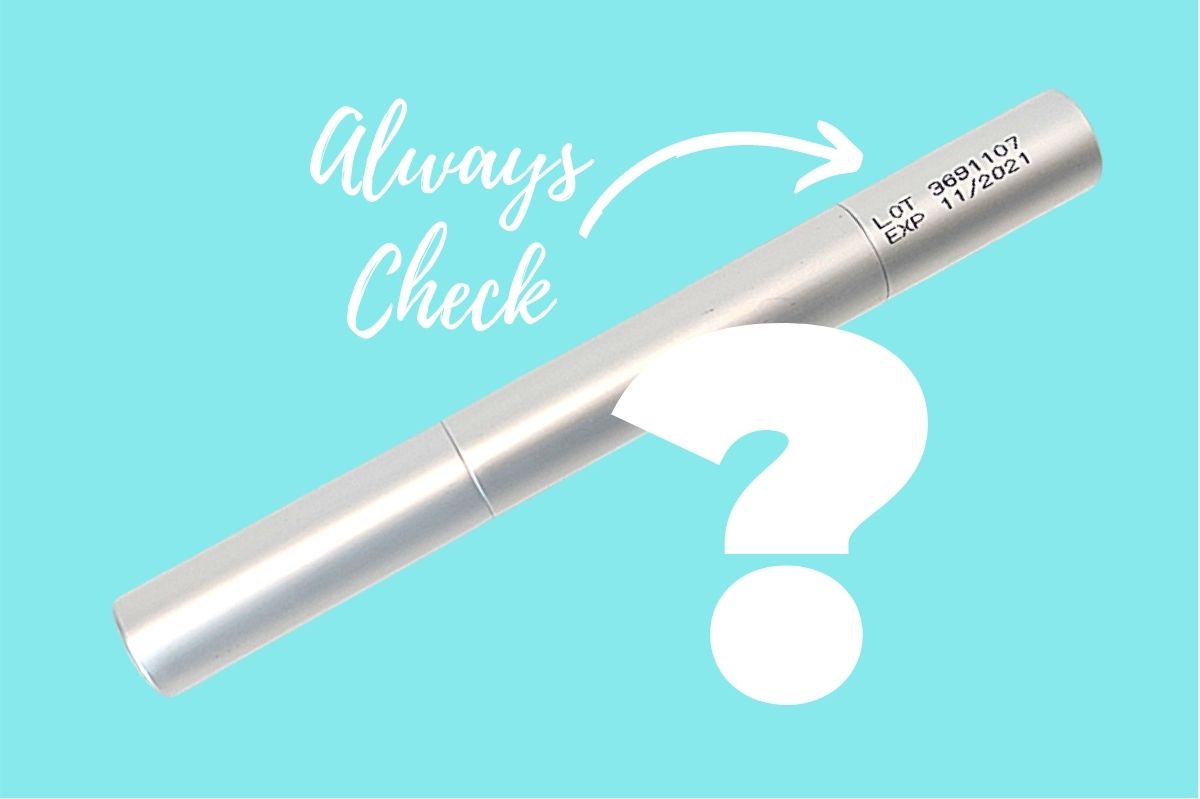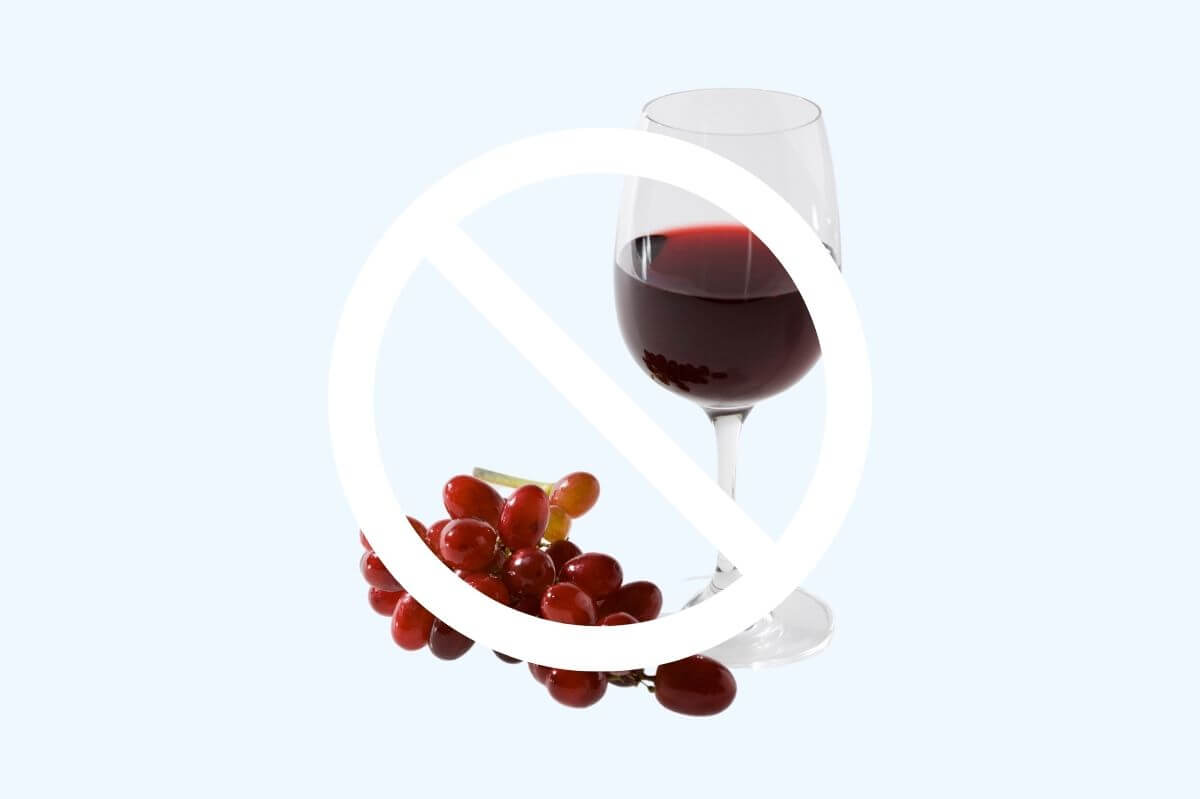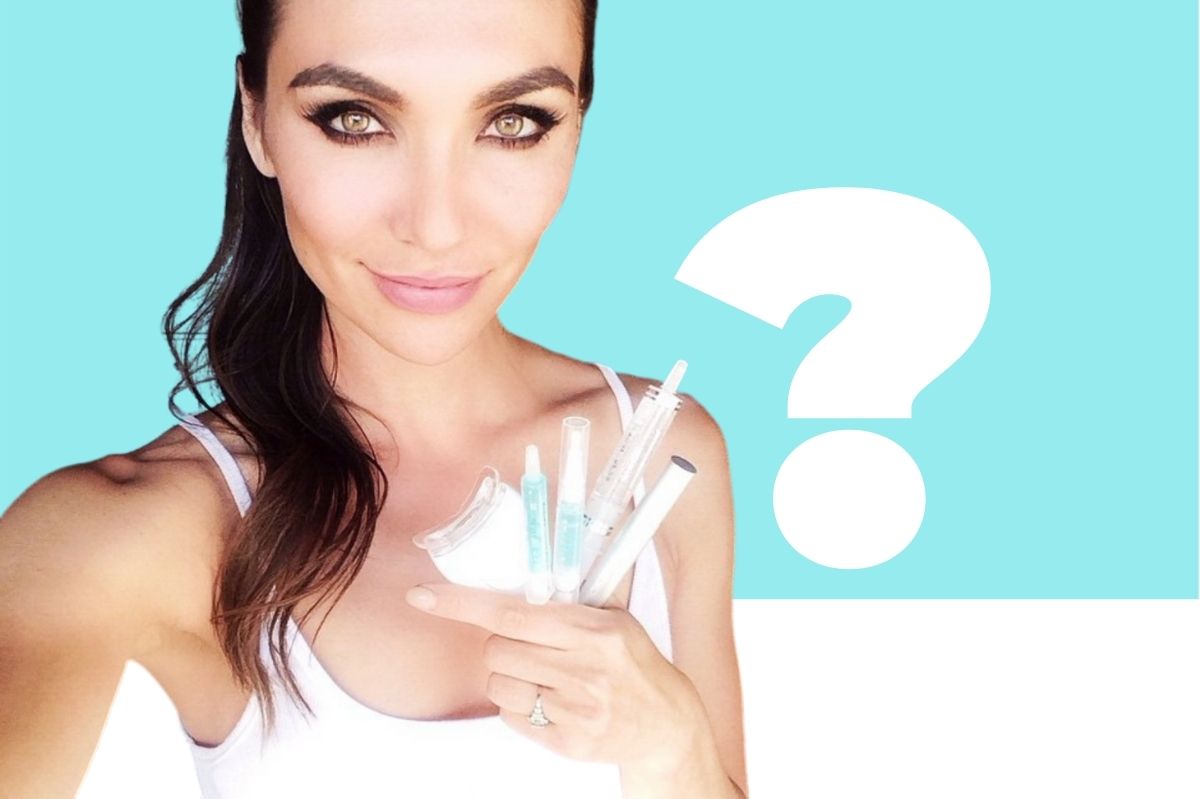How Teeth Whitening Works

It seems like having white teeth is no longer an option but a necessity. You’re probably wondering how teeth whitening works so that you can make the best choice about where and how to whiten your teeth. If you were to look up the definition of teeth whitening on the Internet, you might find this…
Teeth whitening is the process of using bleach or other materials to make teeth look whiter. The materials remove stains or other discoloration from the tooth surface. Free Dictionary
The above definition is common, but it’s not correct. Do you know why? You will, by the end of this blog post.
Anatomy of a tooth
Teeth have three layers: enamel, dentin, and pulp.

Enamel
Tooth enamel is the hard, protective, outer layer. It is transparent and does not retain any stains in it. You can easily remove stains that accumulate on the surface of tooth enamel through mechanical action such as brushing and polishing.
Even though enamel seems like a solid surface, it contains numerous microtubules from the surface to the dentin. Stains find their way through these tiny tubes and deposit within the dentin layer.

Dentin
Dentin is much softer and more porous than tooth enamel. It serves as a buffer between the surface of the tooth and sensitive nerves.
Dentin gives teeth their color, which is determined by a combination of natural pigment and stains. Genetics determine natural pigment. Some people have white dentin, while others have slightly yellow dentin. Some dentists claim to be able to change the natural pigment with bleaching. Theoretically, maybe it’s possible. However, we don’t make such claims and focus on bleaching stains in the dentin, not the natural dentin color.

Pulp
The pulp is the innermost part of the tooth’s anatomy and contains the connective tissue, nerves, and blood vessels that keep the tooth “alive” and can make it sensitive to hot, cold, cavities, and even teeth whitening. We call the small bursts of pain that people with sensitive teeth feel when they whiten their teeth, “zingers.” If you get zingers, at least you know the gel has made its way to the dentin level and is doing it’s job. However, you may need to use a milder whitening gel and/or a desensitizing gel or toothpaste.
Oxygen Radicals & Stains
Because the enamel layer is porous, staining particles from coffee, tobacco, wine, tea, etc., seep through the pores and accumulate in the dentin. The more particles that get through, the more discolored (stained) your teeth become.
The best way to bleach or whiten something is with oxygen radicals. Oxygen radicals are electrically charged and ready to bond with, or oxidize, substances like stains. The most effective teeth whitening substance available today is hydrogen peroxide (HP) because it breaks down into water molecules and free oxygen radicals. Here is the molecular formula:
H2O2 = H2O + O
H2O2 (hydrogen peroxide) = H2O (water) + O (free oxygen radical)
How Tooth Bleaching Works
As soon as you apply hydrogen peroxide (or carbamide peroxide) tooth whitening gel to the surface of the teeth, it starts to break down. The oxygen radicals travel through the pores in the enamel until they reach the dentin layer and oxidize any stains they contact.
The higher the concentration of peroxide in the gel, the more free radicals and bleaching power. However, the higher the peroxide content, the greater the tooth sensitivity and the potential for gum irritation. The best teeth whitening gel formulations achieve the delicate balance between effectiveness and tooth sensitivity.
Beaming White makes teeth whitening gels in various strengths that achieve this balance. Our flagship product is our Advanced Whitening Kit, for professional use only, with our famous 16% hydrogen peroxide gel. With this gel, you can achieve dramatic whitening results for the majority of your clients, with little to no tooth sensitivity, in just one hour!
P.S. Now that we understand how teeth whitening works, let’s update our definition of teeth whitening to include stains BELOW the surface of the tooth in the dentin layer.
You Might Also Be Interested In…

What are the Side Effects of Teeth Whitening?
Some side effects of teeth whitening include tooth sensitivity, blanching, and minor gum irritation. Read the post to learn more.

The White Diet
Make the results of your professional or home teeth whitening treatment last longer by following The White Diet for 24 to 48 hours afterward. After a teeth whitening treatment, the pores of your enamel are open, making them more vulnerable to stains. It takes about...












